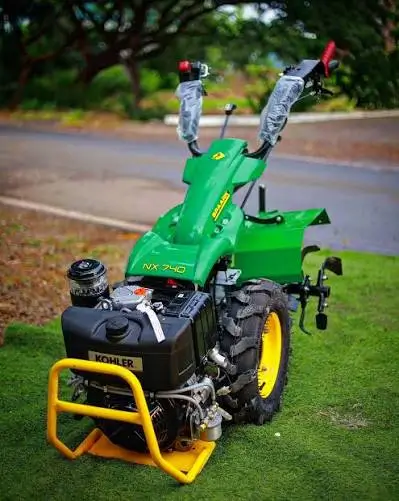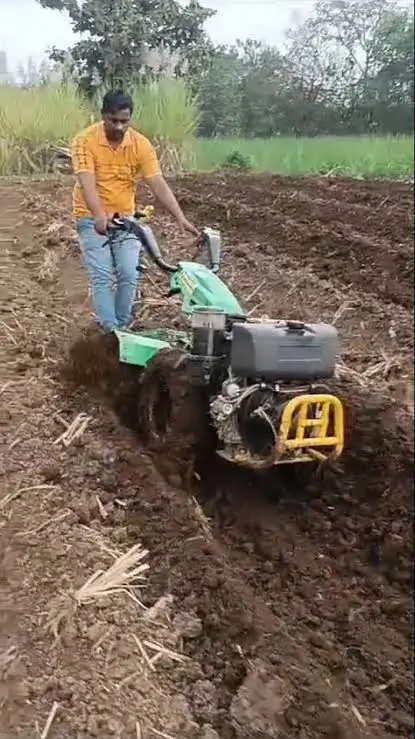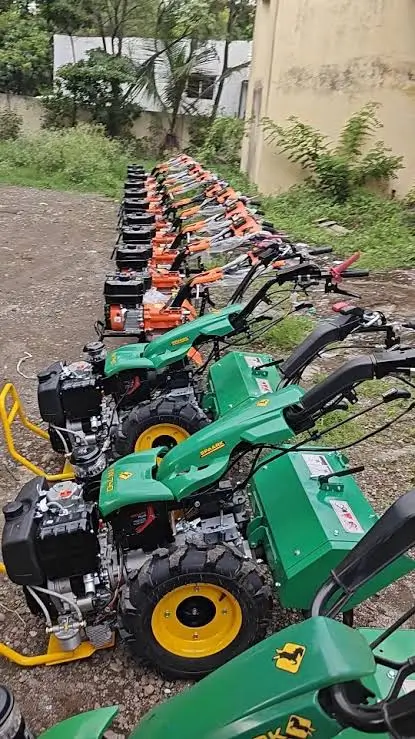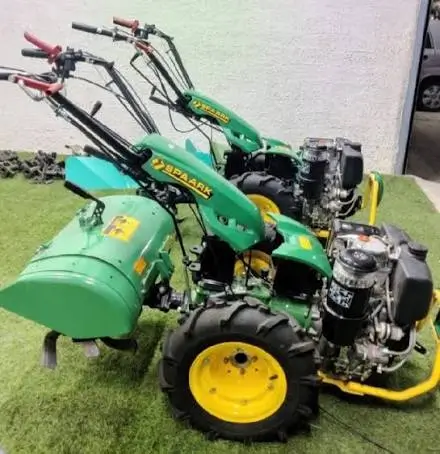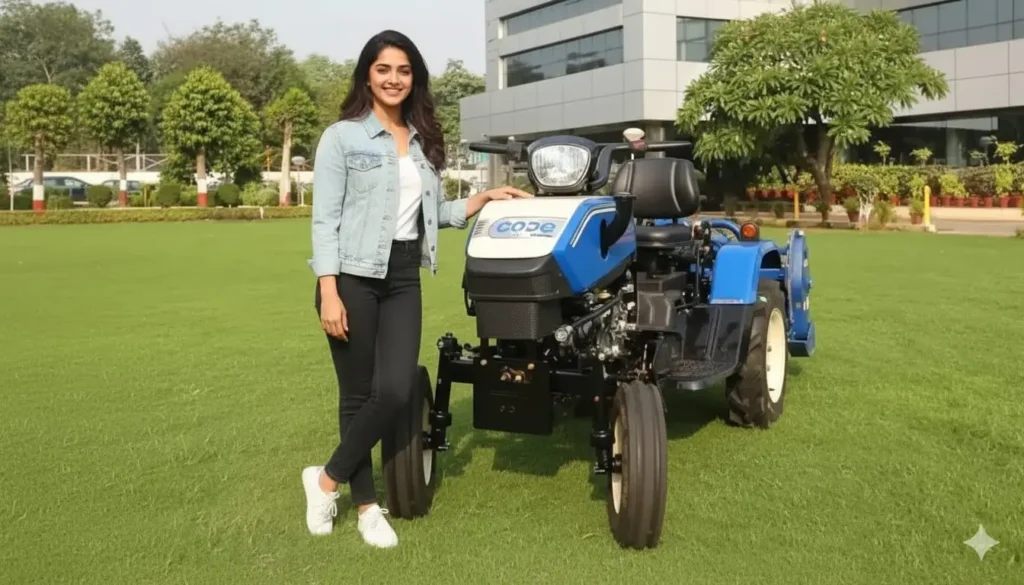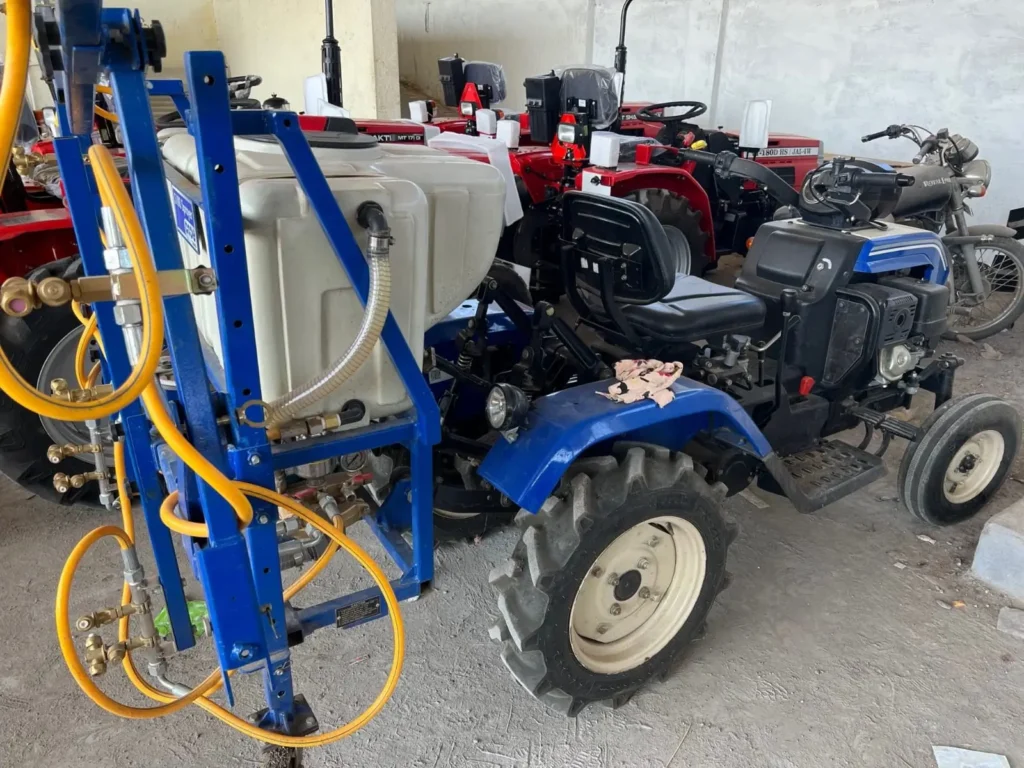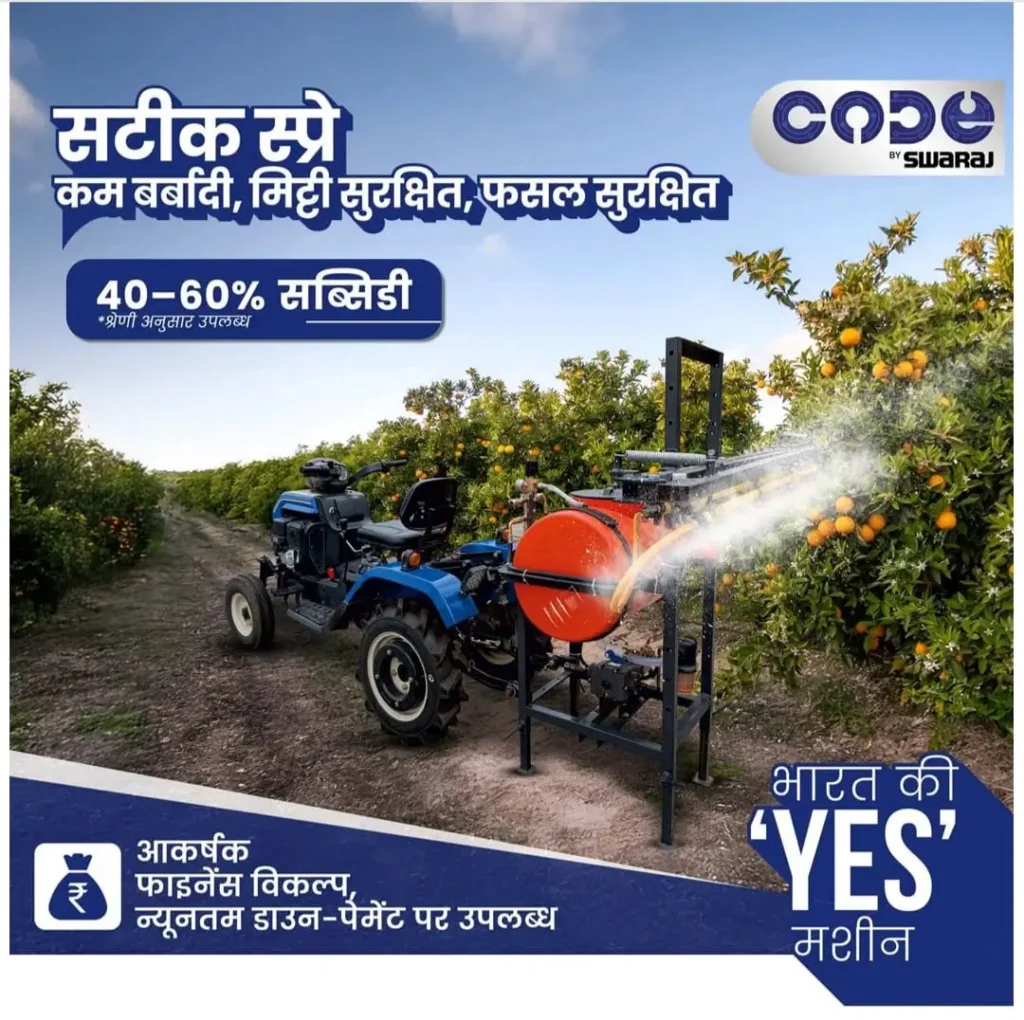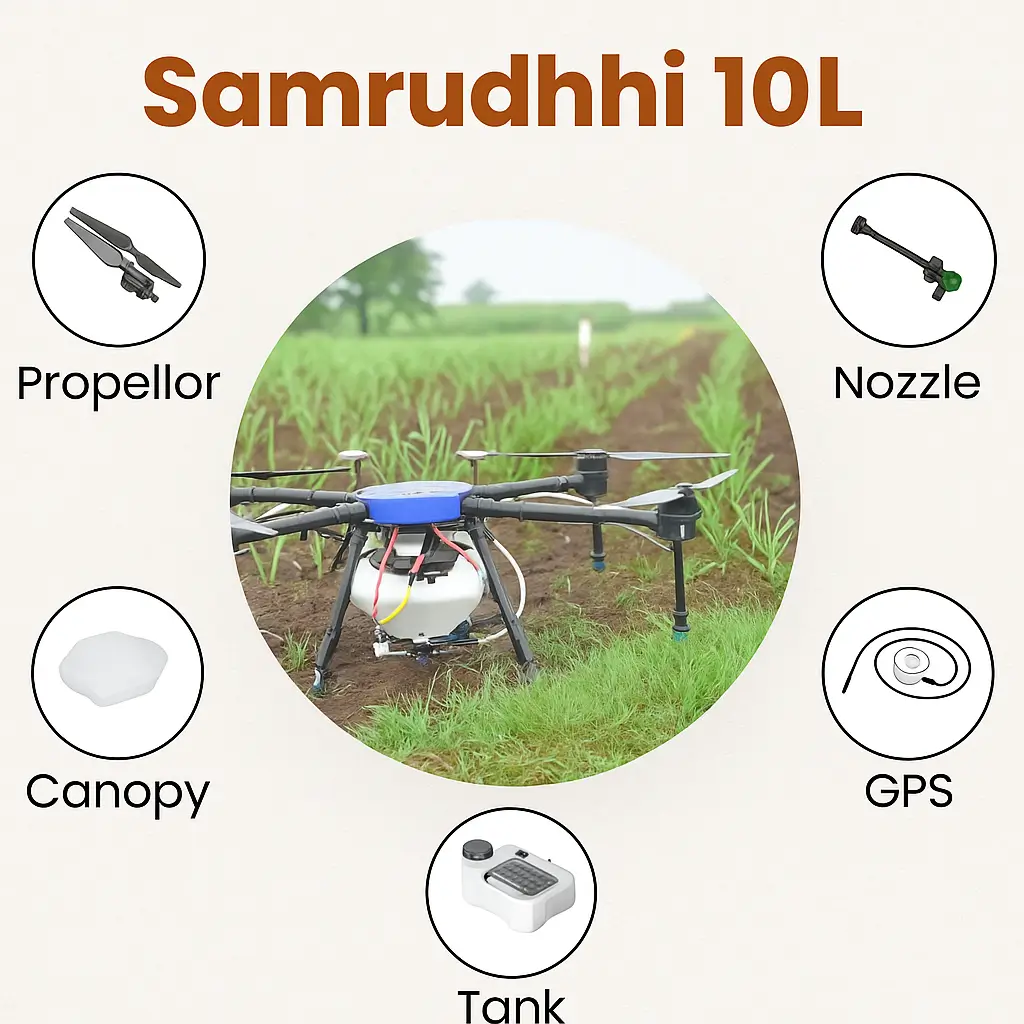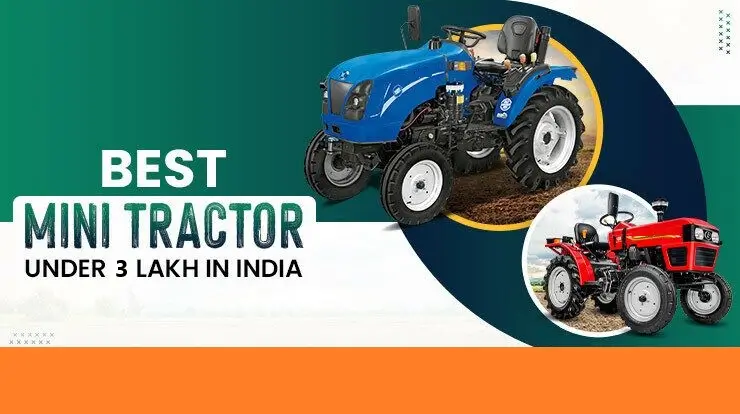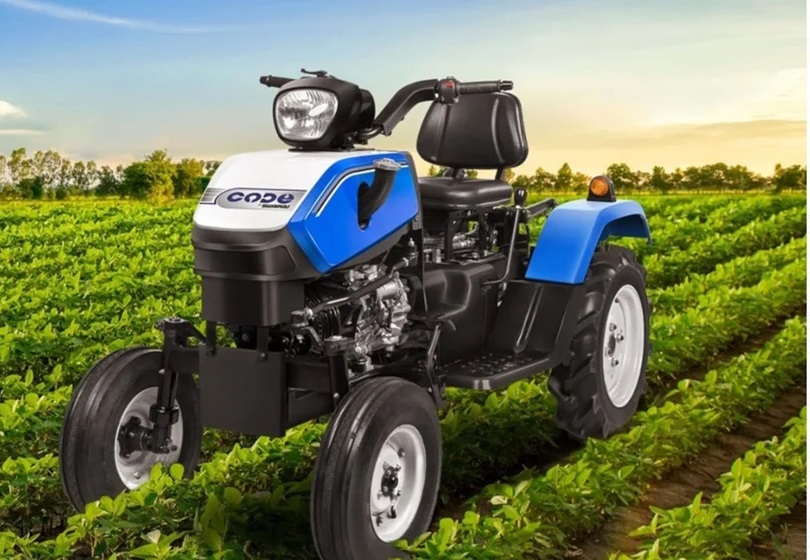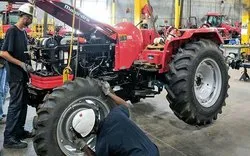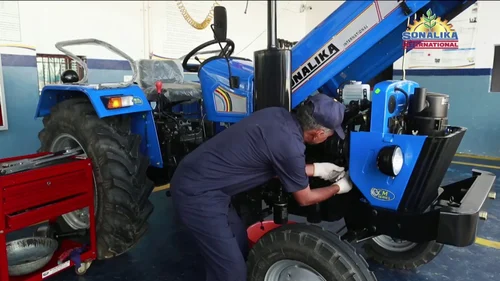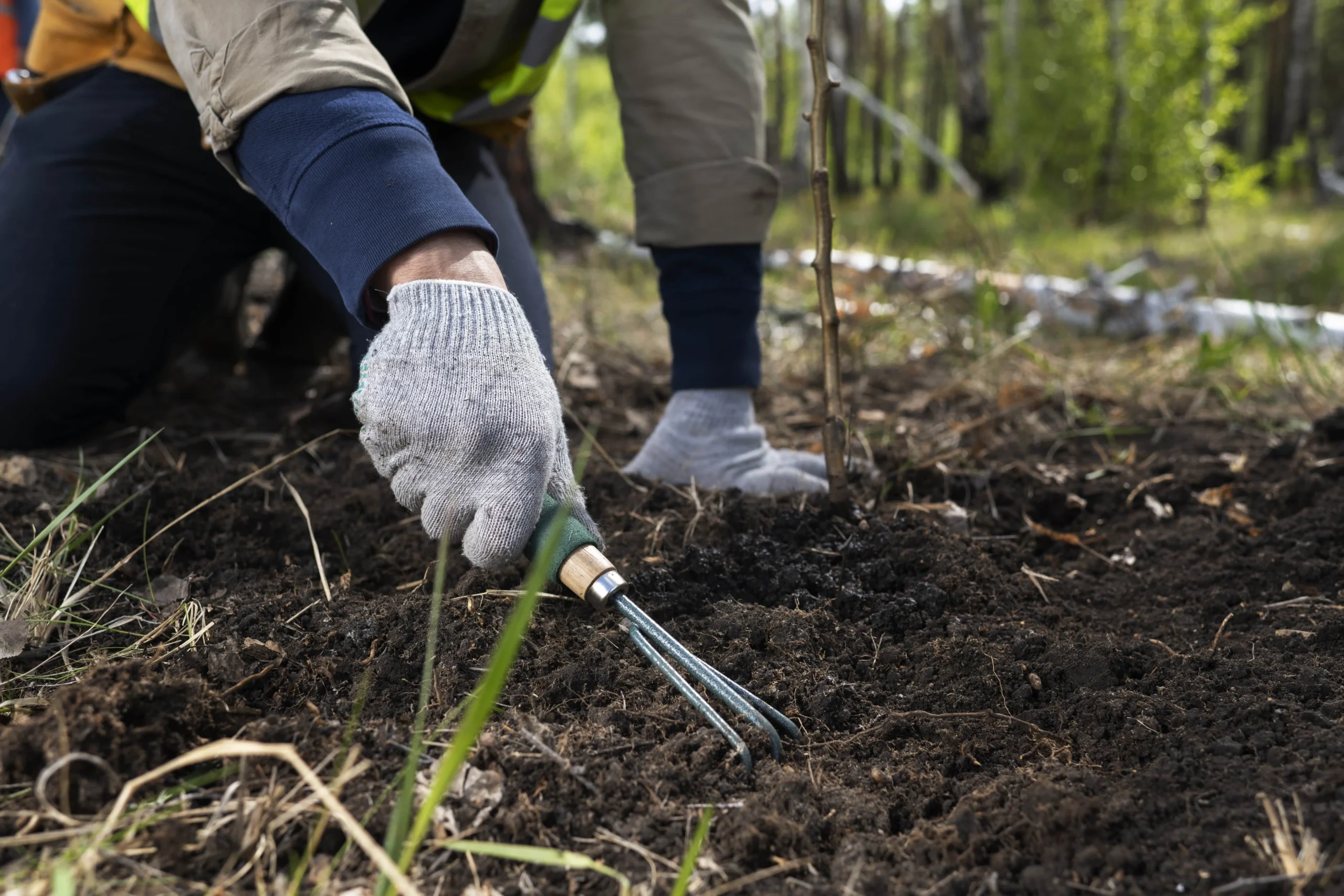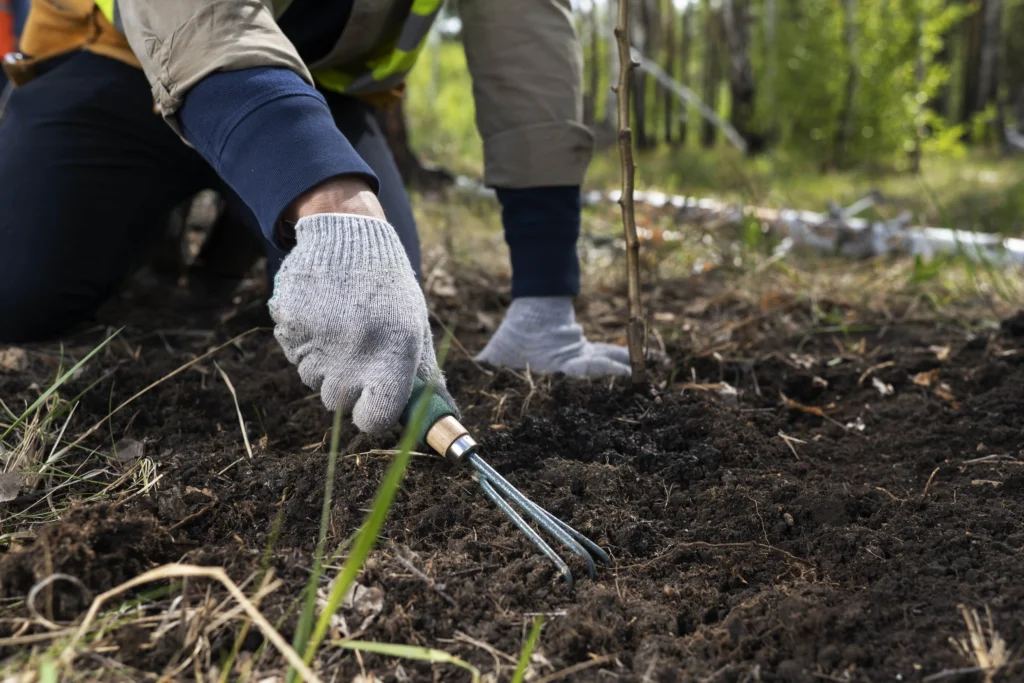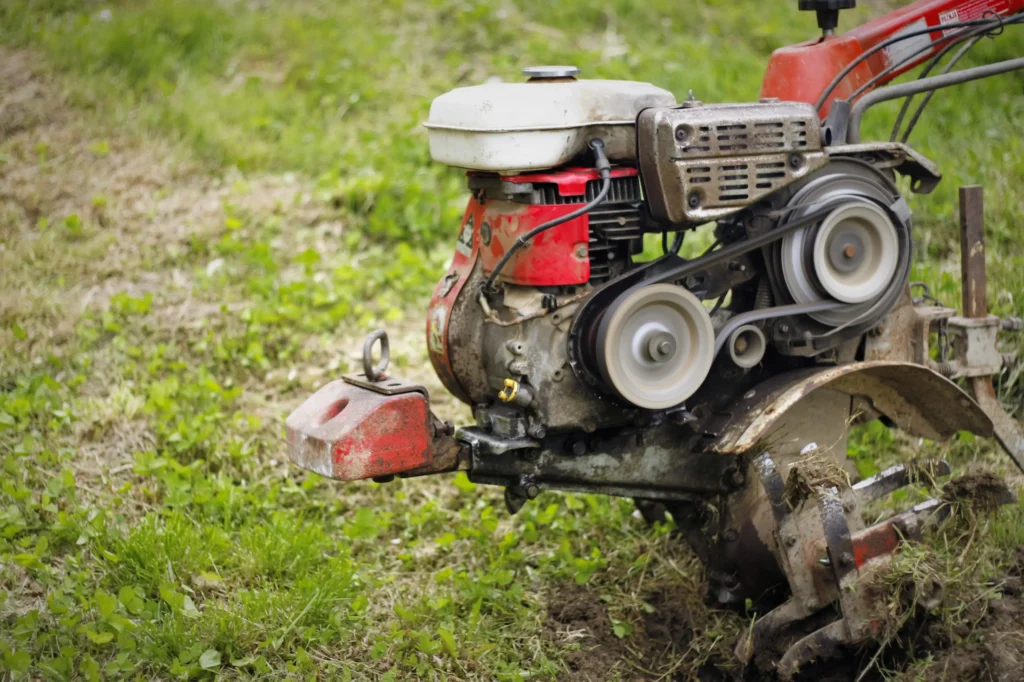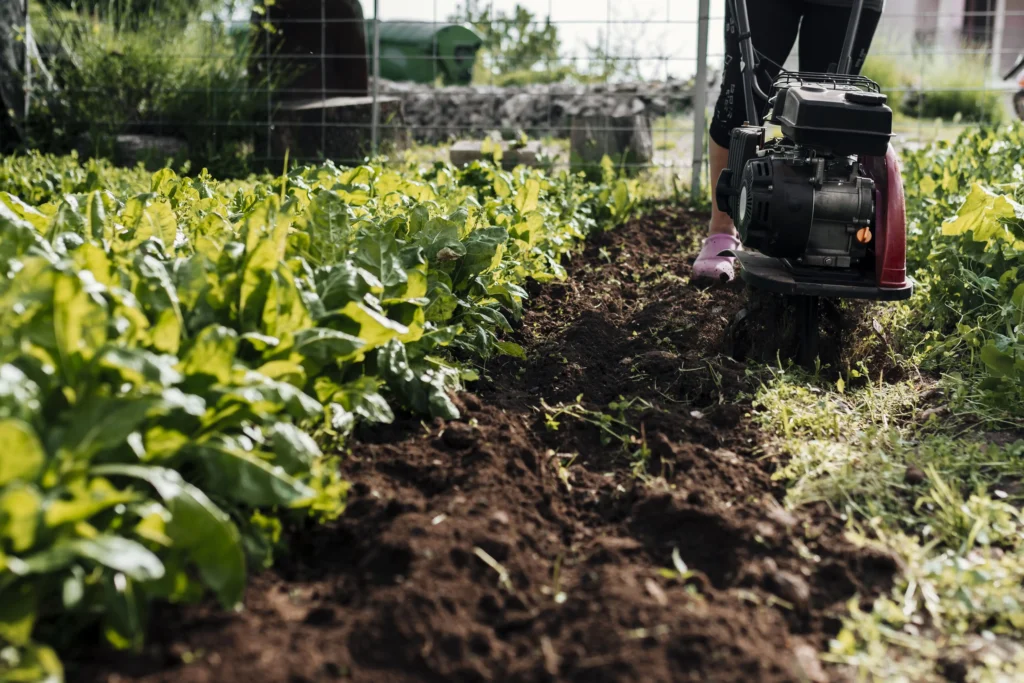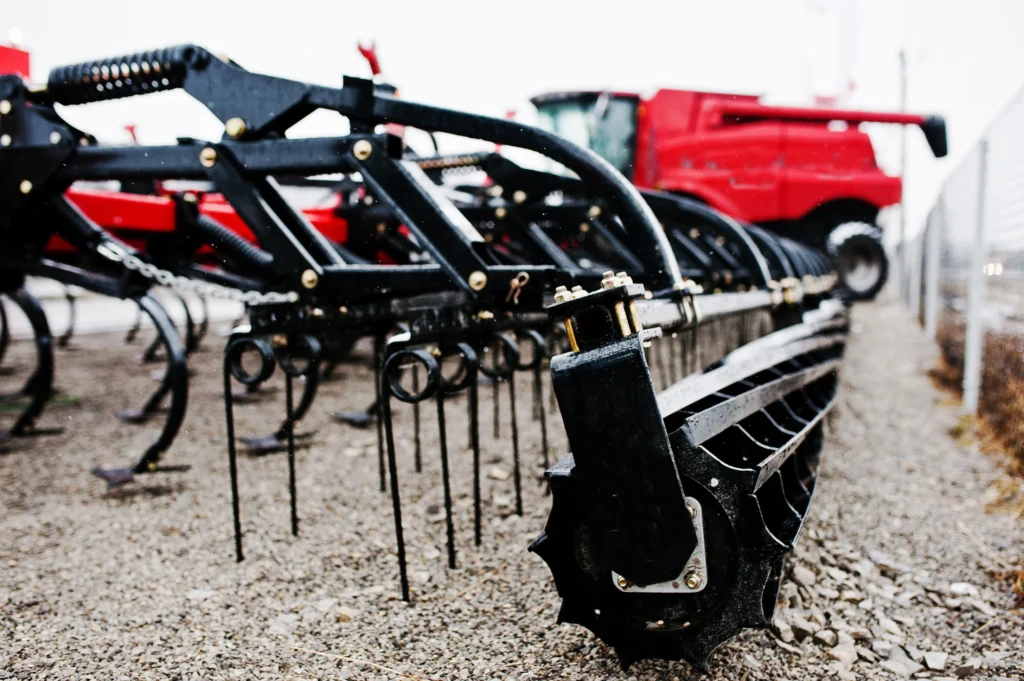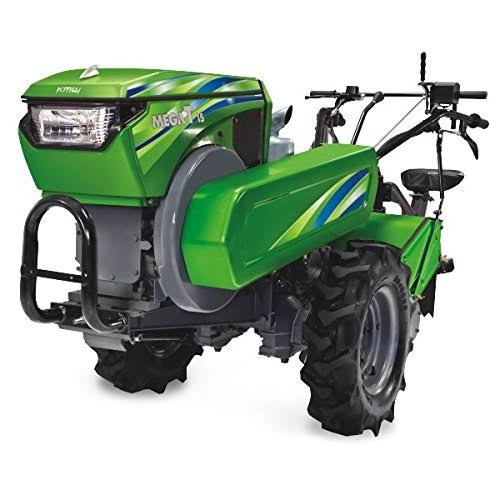🌾 Spaark NX740 Power Tiller – 10 HP Kohler Lombardini Engine | The All-Rounder for Smart Indian Farmers
🚜 Introduction
In modern agriculture, where time, labor, and fuel efficiency matter the most, the Spaark NX740 Power Tiller has become the farmer’s best companion.
Designed with advanced Italian Kohler Lombardini diesel technology, this tiller delivers high torque, low fuel consumption, and long life performance.
Whether you’re preparing soil for sowing, weeding between crops, or transporting material across the farm, the Spaark NX740 can do it all. Its multi-purpose compatibility and user-friendly design make it a must-have machine for small and medium farmers across India.
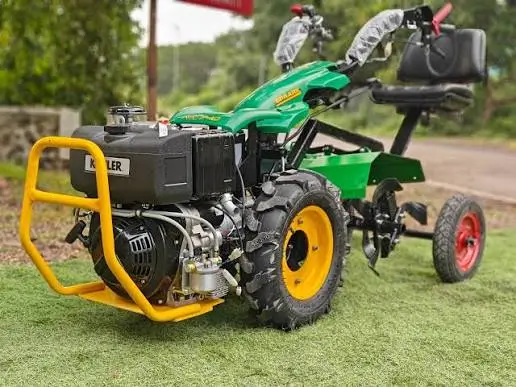
Table of Contents
⚙️ Product Description
The Spaark NX740 Power Tiller is a 10 HP diesel-powered two-wheel tractor that combines reliability, efficiency, and versatility.
It’s available with Kohler Lombardini (Italy) or KAMA (Japan) engines — both known for durability and performance in Indian conditions.
This power tiller is suitable for a wide range of agricultural operations such as:
- Soil tilling and ploughing
- Weeding and intercultivation
- Spraying and irrigation
- Sowing and material transport
Built for low maintenance and long-term use, the Spaark NX740 ensures that your farm work becomes faster, easier, and more cost-effective.
🔩 Technical Specifications
| Specification | Details |
|---|---|
| Model Name | Spaark NX740 |
| Engine Brand | Kohler Lombardini / KAMA Japan |
| Engine Power | 10 HP |
| Engine Type | 4-Stroke, Single Cylinder, Air-Cooled Diesel Engine |
| Displacement | 418 cc (approx.) |
| Fuel Tank Capacity | 5 Litres |
| Starting System | Self Start and Manual Start |
| Tilling Width | 36 inch / 42 inch (Adjustable Rotavator Set) |
| Transmission | Gear Drive |
| Gear Speeds | 3 Forward + 2 Reverse |
| Fuel Efficiency | Approx. 900 ml/hour |
| Tire Size | 5.00 x 10 inches |
| Safety Feature | Emergency Stop Switch |
| Differential Lock | Yes – Easy Turning |
| Handle Adjustment | Height Adjustable |
| Cooling System | Air Cooled |
| Noise & Vibration | Low Noise and Minimal Vibration |
| Implements Compatibility | Cultivator, Weeder, Sprayer, Pump, Trailer |
📏 Dimensions & Weight
| Parameter | Details |
|---|---|
| Length | 1740 mm |
| Width | 650 mm |
| Height | 1000 mm |
| Total Weight | 135 – 145 kg (without implements) |
| Working Depth | Up to 8–10 inches |
| Working Width | 36–42 inches |
🌱 Applications – One Machine, Multiple Uses
The Spaark NX740 Power Tiller can be used for more than 10 farm operations, including:
✅ Land preparation and soil tilling
✅ Inter-row weeding
✅ Seed drilling and sowing
✅ Pesticide and fertilizer spraying
✅ Irrigation and water pumping
✅ Small trolley material transport
✅ Sugarcane and vegetable farming
Compatible with a wide range of implements such as:
- Rotary Blades / Cultivator
- HTP Sprayer Pump
- Water Pump (for Irrigation)
- Seed Drill / Broadcaster
- Trailer
💰 Pricing and Offers
| Variant | Price Range (Approx.) |
|---|---|
| Spaark NX740 with Kohler Lombardini Engine | ₹2,37,000 – ₹2,50,000 |
| Spaark NX740 with KAMA Engine | ₹2,10,000 – ₹2,30,000 |
| Loan Facility | Available through leading Agri finance partners |
| Government Subsidy | Up to 40–50% (depending on state schemes) |
| Warranty | 1 Year Manufacturer Warranty |
| After Sales Service | Available through Om Agro Tillers India Pvt. Ltd. |
🌟 Key Features (USP – Unique Selling Points)
✅ Kohler Lombardini Diesel Engine – Italian technology known for durability and fuel efficiency
✅ High Torque Output – Handles tough soils and wet land easily
✅ Differential Lock System – Smooth turning in narrow spaces
✅ Adjustable Handle Height – Comfortable for all operator heights
✅ Emergency Stop Switch – Instant safety during operation
✅ Low Fuel Consumption – Only 900 ml/hour, saves money daily
✅ Self Start Option – Quick and effortless ignition
✅ Multi-Functional Design – Works with 10+ farm implements
✅ Compact, Lightweight & Easy to Maintain
✅ Backed by Om Agro India’s Sales, Service & Parts Support
🏷️ Ideal For
- Vegetable & Horticulture Farmers
- Sugarcane Growers
- Floriculture & Greenhouse Farmers
- Small & Medium Landholders
- Dairy and Poultry Farmers for Material Transport
- Garden and Nursery Maintenance
📞 Buy from Authorized Dealer
Om Agro Tillers India Pvt. Ltd.
📍 Waluj, Chhatrapati Sambhaji Nagar, Maharashtra
📞 Ganesh Sir: +91 9822236129 | Ashok Sir: +91 9881510419
🌐 www.omagroindia.com
📧 omagrotractor@gmail.com
📍 Google Location
🔍 SEO Meta Description
Buy Spaark NX740 Power Tiller (10 HP Kohler Lombardini Engine) – multi-purpose diesel tiller for Indian farmers. 36/42 inch width, 3F+2R gears, self-start, differential lock, low fuel use, and compatible with sprayer, water pump, and rotavator. Price ₹2.37–2.50 Lakh.
🧠 FAQ – Frequently Asked Questions
1. What is the engine power of the Spaark NX740 Power Tiller?
It is powered by a 10 HP Kohler Lombardini or KAMA diesel engine, delivering strong performance for all farm operations.
2. What type of fuel does it use and how much does it consume?
It runs on diesel fuel and consumes only 900 ml per hour, making it one of the most fuel-efficient tillers in its category.
3. Is the Spaark NX740 suitable for all types of soil?
Yes. Its powerful torque and heavy-duty blades make it suitable for loamy, clay, black, and even semi-wet soils.
4. Can I attach other implements to this power tiller?
✅ Yes, you can attach rotavators, cultivators, HTP sprayers, water pumps, trailers, and seeders.
5. What is the tilling width of the Spaark NX740?
It offers a tilling width of 36 to 42 inches, adjustable based on your field needs.
6. Does it have a differential lock for easy turning?
Yes, the tiller comes with a differential on/off system which helps make sharp turns and reduces operator fatigue.
7. What is the warranty period?
The Spaark NX740 comes with a 1-year manufacturer warranty and full service support from Om Agro Tillers India Pvt. Ltd.
8. Is loan and subsidy available?
Yes. Farmers can get easy loan finance up to ₹1.5 lakh and government subsidy up to 50% under various agricultural schemes.
9. How much does the Spaark NX740 cost?
The price starts from ₹2,37,000 to ₹2,50,000, depending on the model and accessories.
10. Where can I buy the Spaark NX740 Power Tiller?
You can buy it directly from Om Agro Tillers India Pvt. Ltd., authorized distributor in Chhatrapati Sambhaji Nagar (Aurangabad), Maharashtra.
11. What are the main benefits of using Spaark NX740?
- Saves fuel and time
- Reduces manual labor
- Works with multiple implements
- Compact, easy to operate, and maintain
12. Is it suitable for women farmers or first-time users?
Yes, its lightweight body, smooth gear system, and adjustable handle make it suitable for all farmers, including women operators.
✅ Conclusion
The Spaark NX740 Power Tiller represents the perfect balance between power, performance, and affordability.
For farmers looking to adopt modern, cost-efficient mechanization, this 10 HP tiller is a smart long-term investment that saves labor, time, and fuel — while delivering outstanding productivity.
